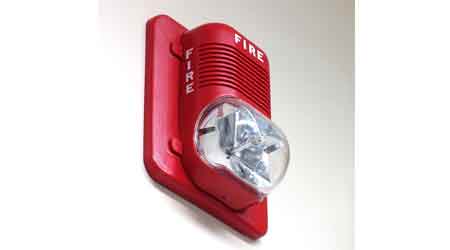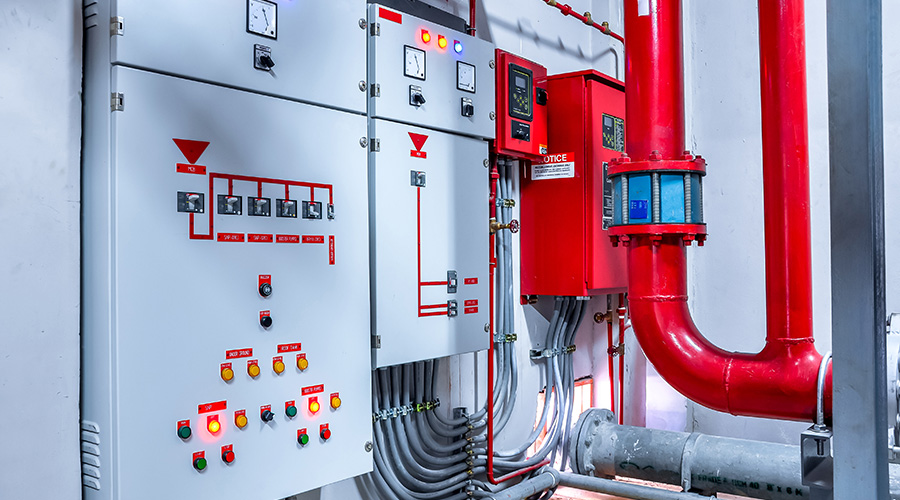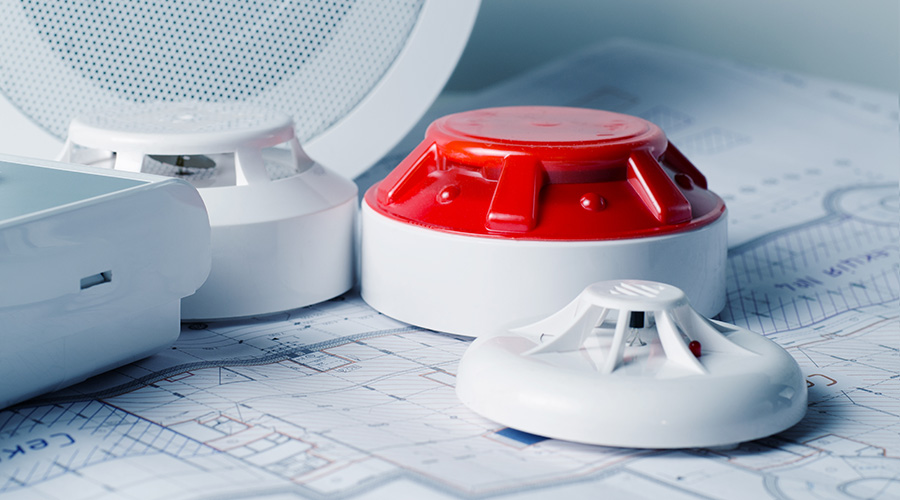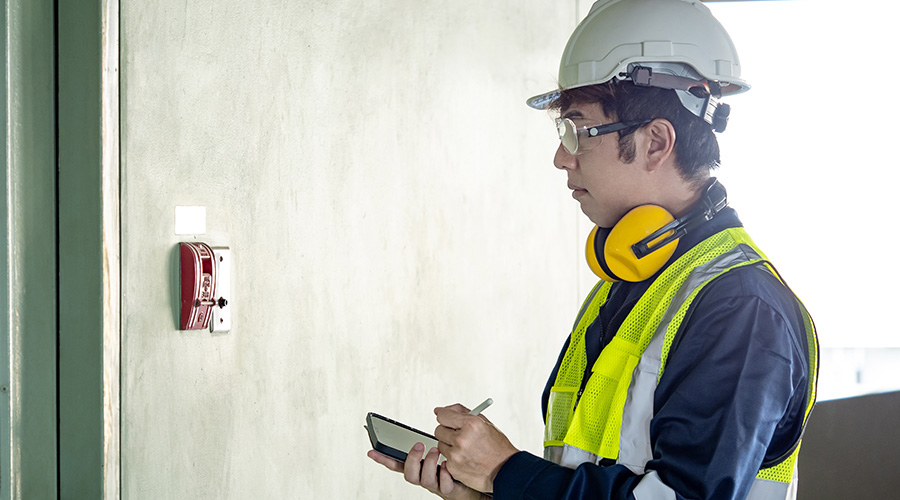Getting the Best Fire/Life System System You Can
Last part of 4-part article on anticipating and responding to upgrades in fire/life safety systems
If you are being forced to upgrade a system due to obsolescence, don’t assume you cannot afford to add better functionality. For example, voice fire alarm systems offer far greater system versatility for very little additional cost. You may be able to add mass notification capabilities, eliminate recurring costs associated with telephone landlines, reduce inspection, testing, and maintenance costs and improve overall system reliability by installing the right detection technologies for the application. Wireless is becoming an excellent system architecture for both new and existing systems but should be evaluated based on your specific long-term needs. Applying new, robust detection technologies can dramatically simplify maintenance costs. But beware of the latest trend or widget that does not serve your operational needs. Decisions about upgrades should be made based on an analysis of the specific facility conditions and organizational objectives.
Also, be careful when you are advised that a one-for-one device and appliance replacement is all you need to do. Your existing system may not meet all of the current code requirements; therefore you may need a complete system redesign.
An independent designer can help you evaluate your needs and review options. Be aware that anyone other than an independent designer may have a different motivation than providing you the most cost efficient design.
Fire protection and life safety systems that are aging can be evaluated in a manner that allows for a planned replacement. Planning for replacements before a crisis allows for a design-bid-build process that offers competitive pricing and enables you to budget for replacement and to build these upgrades into your future business objectives. For example, upgrading a fire alarm system’s head-end or sprinkler system water supply this year can assist with expansion capability that will be necessary for a building expansion that is being planned for two years down the road.
Fire protection and life safety is a complex field, and it’s worth educating yourself and your staff. An often underused tool is simply capitalizing on the local and national associations that offer training. The National Fire Protection Association (nfpa.org), the National Fire Sprinkler Association (nfsa.org), and the Automatic Fire Alarm Association (afaa.org) are just a few examples of organizations that offer training, seminars, and certifications for you or your staff. Local installers or trusted vendors can typically offer training on the various systems you have at your facility. If they cannot, consulting firms can tailor training programs to your facility.
Scott M. Golly, PE, is a senior fire protection engineer with JENSEN HUGHES, a fire protection engineering firm headquartered in Baltimore, Md.
Alan J. Kouchinsky, PE is a fire protection engineer with JENSEN HUGHES.
Related Topics:















